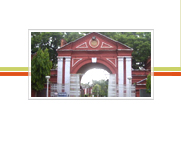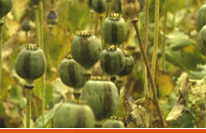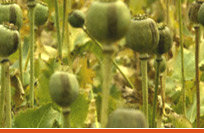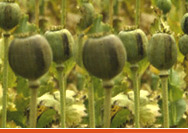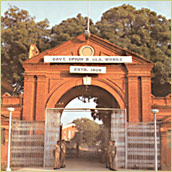

The first recorded instance of cultivation of poppy in India in the 15th
Century mentions Cambay and Malwa as the places where it was grown.
During the days of the Mughal Empire, poppy was extensively grown and it
became an important article of trade with China and other Eastern
countries. During the later part of the 16th Century, opium was made a
State monopoly. However, during the twilight years of the Mughal Empire,
the State lost its hold on the monopoly, and control over the production
and sale of opium was appropriated by a ring of merchants in Patna. In
1757, the monopoly of the cultivation of poppy passed into the hands of
the East India Company who had by that time assumed the responsibility
for the collection of revenue in Bengal and Bihar. In 1973, the then
Governor General, Lord Warren Hastings brought the entire opium trade
under the control of the Government.
Although some changes have taken place over the year in the methods of
the control of production, distribution, sale and possession of opium,
the monopoly remained solely in the hands of the Government Under the
East India Company and afterwards under the British rule, unrestricted
cultivation of the poppy and the production of opium were prohibited.
The present structure of licit poppy cultivation and production of opium
in India under aregular system of control thus dates back to the
beginning of the nineteenth century. Processing of opium in India began
with the setting up of the opium factory in 1820 in Ghazipur (U.P), a
town of Eastern UP located on the banks of the river Ganga. Later an
alkaloid plant was set up at Ghazipur in 1943 during the period of World
War II. The opium and alkaloid plants are spread over an area of about
43 acres.
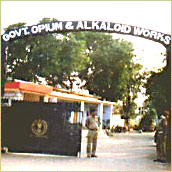

The
second plant for processing opium and manufacture of alkaloids located
in Neemuch district of M.P., which is approximately 5 kms. from the
eastern border of Rajasthan. It also comprises two separate units
namely, the Opium Factory and Alkaloid Works. The Neemuch Opium Factory
has been in operation since 1st April, 1935. Initially, there was
another Opium Factory at Mandsaur but the same was closed down in the
year 1969. The Alkaloid works was inaugurated on 6th October 1976. The
campus has an area of 57,000 sq. mtrs.


